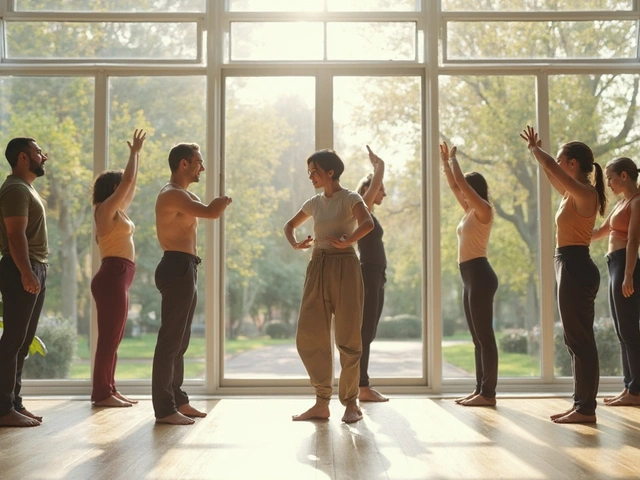Sensory Enhancement: Practical Ways to Feel Better Through Touch
Want to feel calmer, move easier, and notice your body more? Sensory enhancement is all about using touch, pressure, temperature, and mindful movement to sharpen how your body senses itself. That can lower pain, reduce stress, and help you recover faster after workouts or injury.
This tag gathers real techniques you can try. Think acupressure and trigger point work to loosen tight spots. Try Feldenkrais or Hellerwork to rewire movement habits and posture. Explore gentle approaches like Ortho-Bionomy or palliative touch for comfort during chronic or late-stage illness. Traditional methods such as Hilot, Lomi Lomi, and Amma blend rhythm and cultural practice to ease the nervous system. Even niche trends—stone therapy, snail facial massage, and blind massage—focus on heightening or soothing sensory input.
Simple things you can try at home
You don’t need a pro to start improving sensory awareness. Do a five-minute body scan: lie down, close your eyes, and notice where you feel tension. Try slow head-to-toe breathing synced with gentle self-massage—light strokes along your neck, shoulders, and chest. Use a warm towel or hot stones (careful with temperature) on tight muscles to calm them down. For knots, press and hold the trigger point for 30–60 seconds, then release and move the area slowly. These small moves teach your nervous system to accept new, calmer input.
If you want movement-based work, try mindful walking or simple Feldenkrais lessons online. These use tiny, easy motions to change how your joints and muscles learn to move. Do them often—short sessions three times a week beat one long session.
How to pick a session and what to expect
When choosing a therapist, ask what they specialize in and how they adapt touch to people who are sensitive, injured, or in pain. Good questions: Do you work with chronic pain? How firm is your touch? Any contraindications for my condition? A skilled therapist will explain the session, check comfort, and change pressure based on your feedback.
Sessions can feel relaxing, odd, or deeply emotional. Some people notice immediate relief; others need several sessions to change movement patterns. Expect practical takeaways: simple home moves, posture tips, and a plan for follow-up. Sensory methods can speed recovery after workouts, ease back pain, help with sleep, and offer comfort in palliative care.
Ready to try something specific? Browse the articles here for step-by-step guides and real stories—whether you want acupressure pointers, Feldenkrais moves for yoga, or a clear look at Ortho-Bionomy and Rolfing. Pick one small practice and stick with it for two weeks. You’ll notice subtle but real changes in how your body feels and reacts.

Exploring Blind Massage: A Unique Path to Wellness and Relaxation
Blind massage offers a profound and enriching journey into the realm of wellness and relaxation. By entrusting your well-being into the hands of visually impaired therapists, you not only contribute to their empowerment but also embark on a distinctive sensory experience. This article delves into the heart of blind massage, exploring its benefits, origins, techniques, and how it stands out from conventional massage therapies. Learn about preparing for your first blind massage session and how this unique wellness approach can offer deeper relaxation and a more intuitive healing process.
Categories
- Health and Wellness (148)
- Alternative Therapies (86)
- Massage Therapy (40)
- Travel and Culture (15)
- Beauty and Skincare (9)
- Holistic Health (8)
- Health and Fitness (5)
- Spirituality (5)
- Other (2)
- Personal Development (2)
Popular Articles

How Ortho-Bionomy Can Change Your Life
Mar, 23 2025


